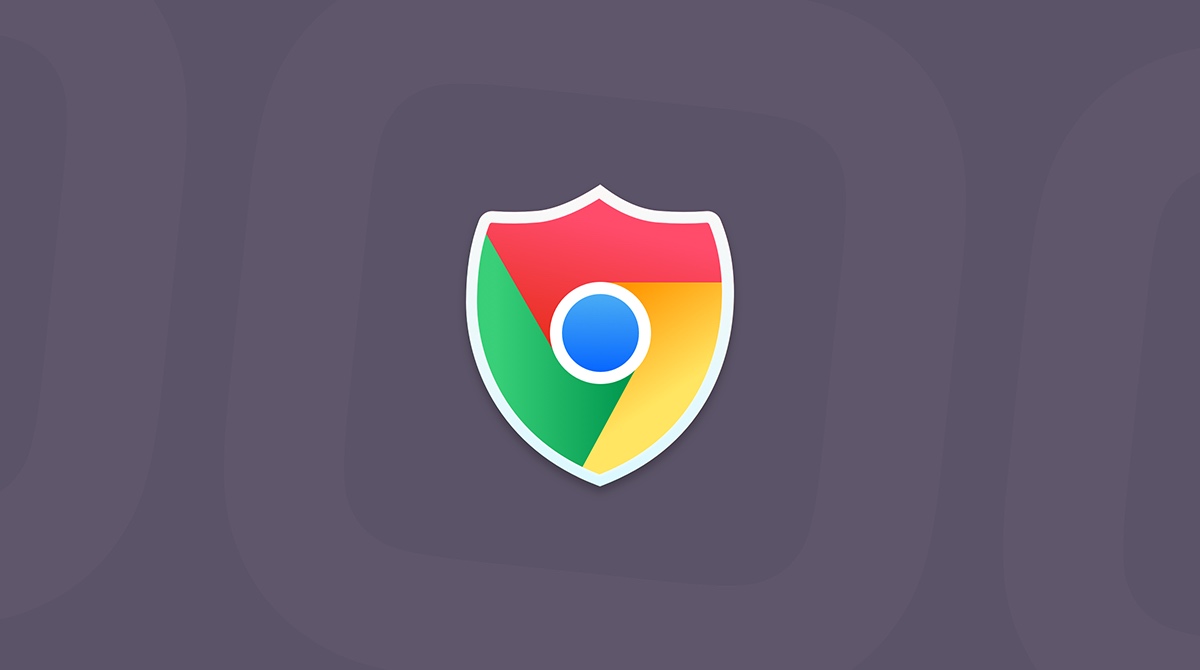

- #HOW TO GET RID OF RANSOMWARE ON MAC IN CHROME HOW TO#
- #HOW TO GET RID OF RANSOMWARE ON MAC IN CHROME SOFTWARE#
If you notice anything unfamiliar you should click Force Quit and then delete the offending app ASAP.ĭeleting an app is easy too. Just press Command + Option + Escape and you’ll see a list of every app that’s currently running on your Mac. Checking which apps are running on a Mac is easy.
#HOW TO GET RID OF RANSOMWARE ON MAC IN CHROME SOFTWARE#
If your Mac is running slower than normal it might be because you have unwanted software running. Remove and unwanted or unfamiliar Add-ons.Go to the Firefox Menu and click on And-ons Tools.
#HOW TO GET RID OF RANSOMWARE ON MAC IN CHROME HOW TO#
How to remove malicious Add-ons on Firefox

If you’re experiencing any of the above – or something similar – we suggest you take a look through the steps below.

Unwanted extensions installed on Safari/Chrome/Firefox browser.The homepage has changed on the browser.If you suspect your Mac has a virus, it’s better to take action sooner rather than later.īelow is a list of systems to help you identify whether your Mac has a virus or not. It’s difficult for that infection to spread.īut Mac viruses are getting more sophisticated by the day. Meaning if a section of your Mac does get infected with malware. MacOS is still one of the best Operating Systems at protecting you from viruses. Which means – in very simple terms – the reward (for hackers) is a lot bigger than it was 10-years ago. More people have Macs now than they did 10-years ago. It’s no secret that the number of Mac getting infected with viruses is on the rise. Here we show you how to get rid of a Mac in three easy steps. But don’t worry, despite the myth “ Macs don’t get viruses” what you’re experiencing isn’t uncommon. Is your Mac running slow? Are you experiencing unwanted pop-ups? Does an unfamiliar app keep launching in the background? It sounds like your Mac might be infected.


 0 kommentar(er)
0 kommentar(er)
